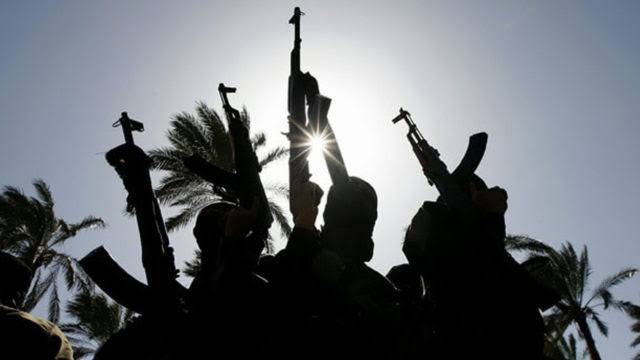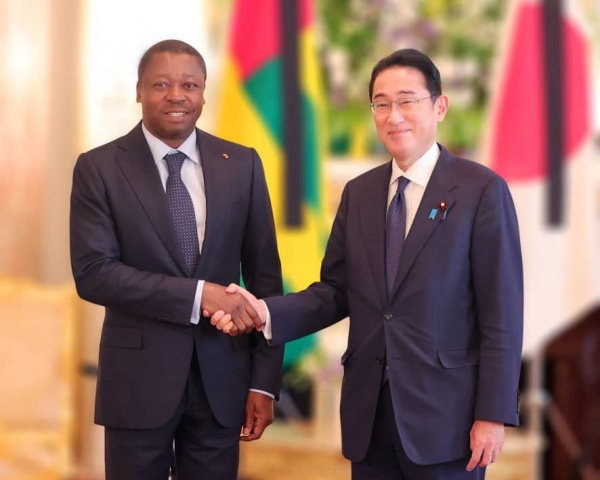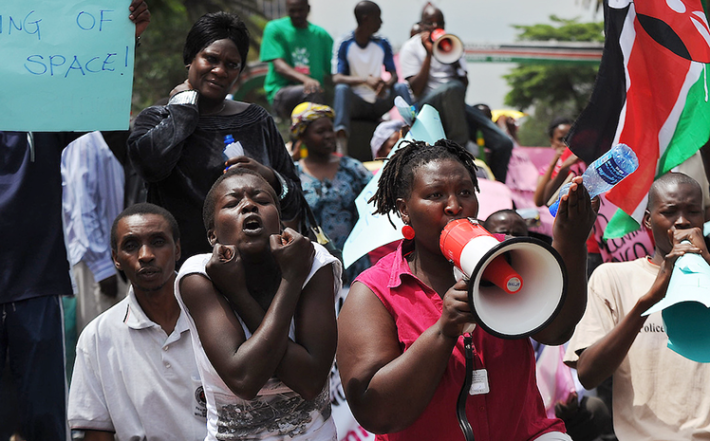
Dozens of masked people attacked cars on a major motorway in Limoges early on a Saturday morning. They clashed with police, leaving nine officers badly injured and causing widespread alarm in the city.
Officials said between 100 and 150 people wore masks. The group carried metal bars, stones, fireworks, incendiary devices, iron rods, and baseball bats. They also fired Molotov cocktails at vehicles. The rioters blocked the RN141 highway and targeted passing cars. They threw projectiles at officers and their shields. This attack seemed orchestrated and differed from smaller protests or simple vandalism because of its scale.
Police used tear gas and crowd control munitions to push back the attackers. They tried to reopen the highway and protect drivers and bystanders. Nine officers were wounded, but none suffered life-threatening injuries. Authorities believe gangs planned the violence and suspect a turf war fueled the unrest.
Local officials described the attackers as an “urban guerrilla group” with a clear structure. The mayor said no grievance drove the riot. Instead, the violence aimed to destroy property and demonstrate control over territory. He added the attackers came well equipped and prepared, making the incident far from a spontaneous protest.
The unrest followed earlier violence in the area on Bastille Day, July 14. Trouble erupted in the Val de l’Aurence district, where local leaders say poor youth—many from immigrant backgrounds—have turned the neighbourhood into a “lawless zone.” The prosecutor acknowledged the area’s link to drug dealing but could not connect the highway riots to drug investigations.
The clashes happened during a busy travel period as France welcomed summer tourists. Traffic suffered serious disruptions. Authorities reported that several vehicles, some carrying families and children, were attacked. Fortunately, no motorists were physically hurt. Prosecutors noted many drivers and passengers were shaken and concerned for their safety.
After the attack, France’s interior ministry sent a special police unit to Limoges to maintain order and prevent further unrest. Officials decided more forces were necessary to protect the city’s transport network and calm tensions.
Officials suspect rival gangs fought to control criminal territories. The violence spread from local neighbourhoods to the highways. The use of weapons like bars and bottles, combined with the attackers’ organisation, alarmed local leaders. They raised the level of concern and increased security measures.
Law enforcement continues to investigate the attackers’ identities and motives. Police are reviewing video footage and eyewitness accounts. They hope to determine whether the rioters acted alone or as part of wider criminal networks and if the violence relates to earlier clashes in the area.
The riot has changed public safety discussions in Limoges. Residents feel uneasy. The incident sparked calls for tighter security, better community engagement, and a crackdown on gang activities. It also reignited debates about inequality and social integration.
In the coming days, officials plan to hold public meetings and increase police patrols. They want to engage neighbourhood groups to reduce tensions. Their goal is to address the root causes of violence and prevent future outbreaks by working with civil society and law enforcement.
In summary, hundreds of masked individuals launched a sudden, violent assault on the Limoges highway. They clashed with police, wounded nine officers, and terrified families traveling on the road. Authorities believe gang turf wars motivated the attack and have deployed extra forces. The city is responding with enforcement and community strategies to restore safety and unity.



